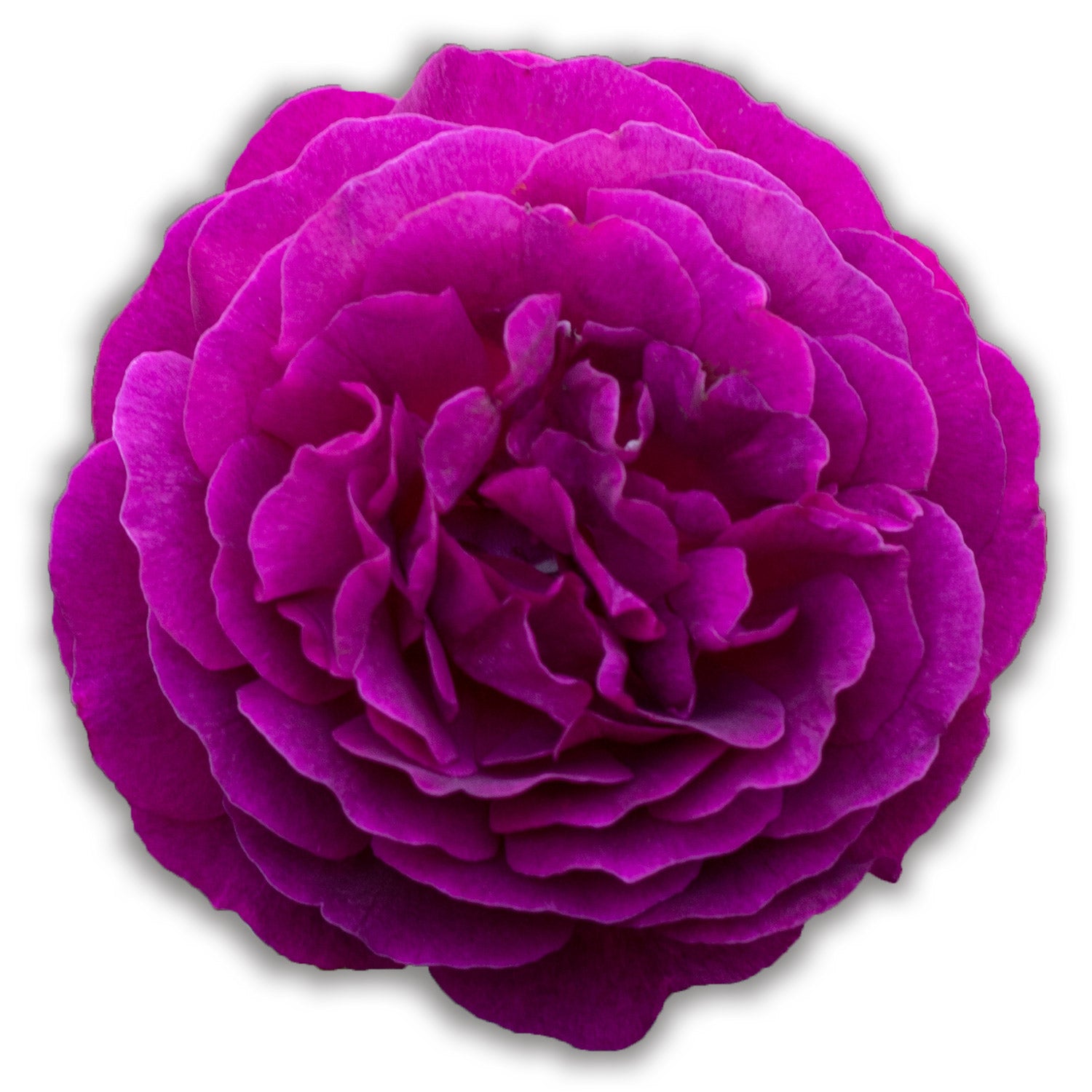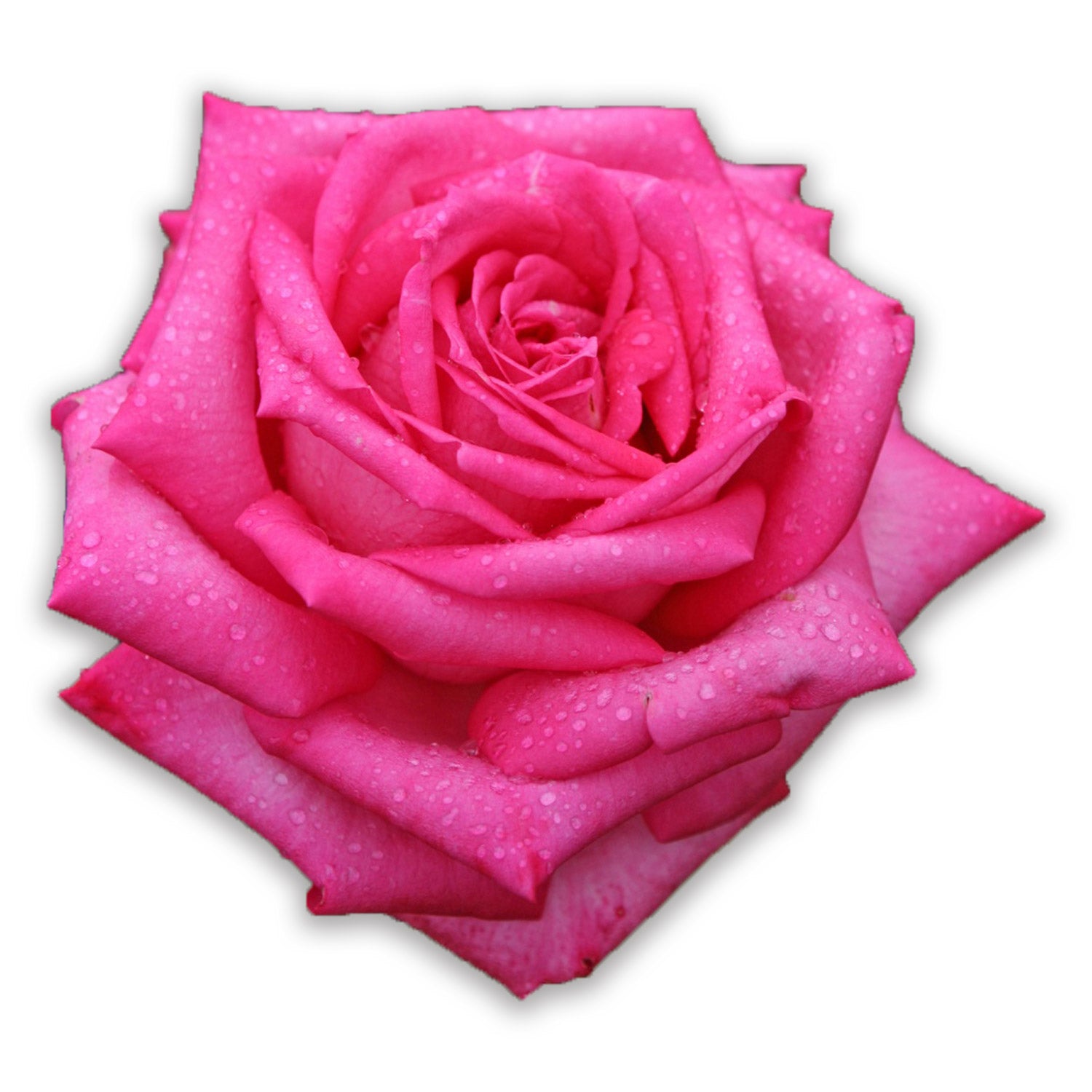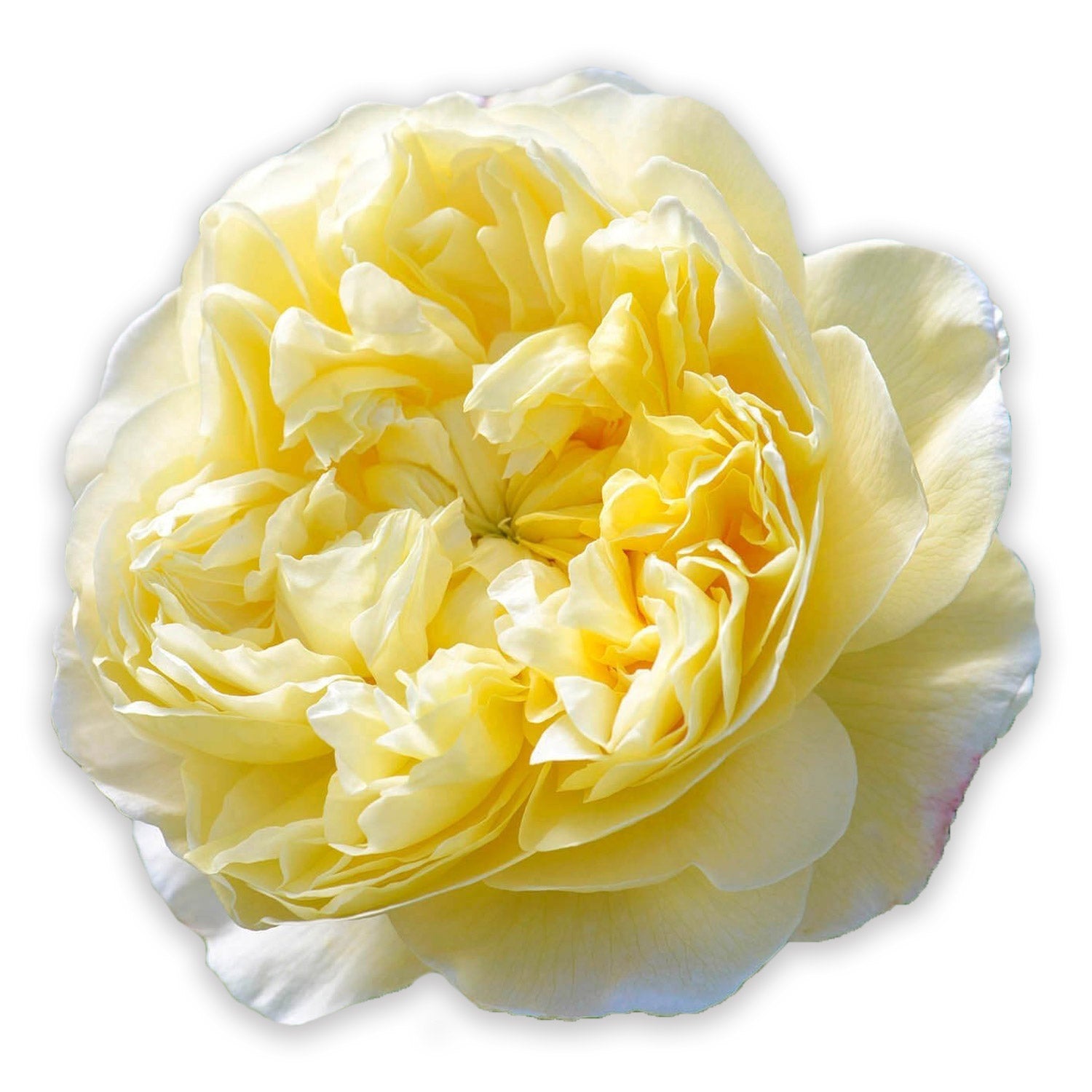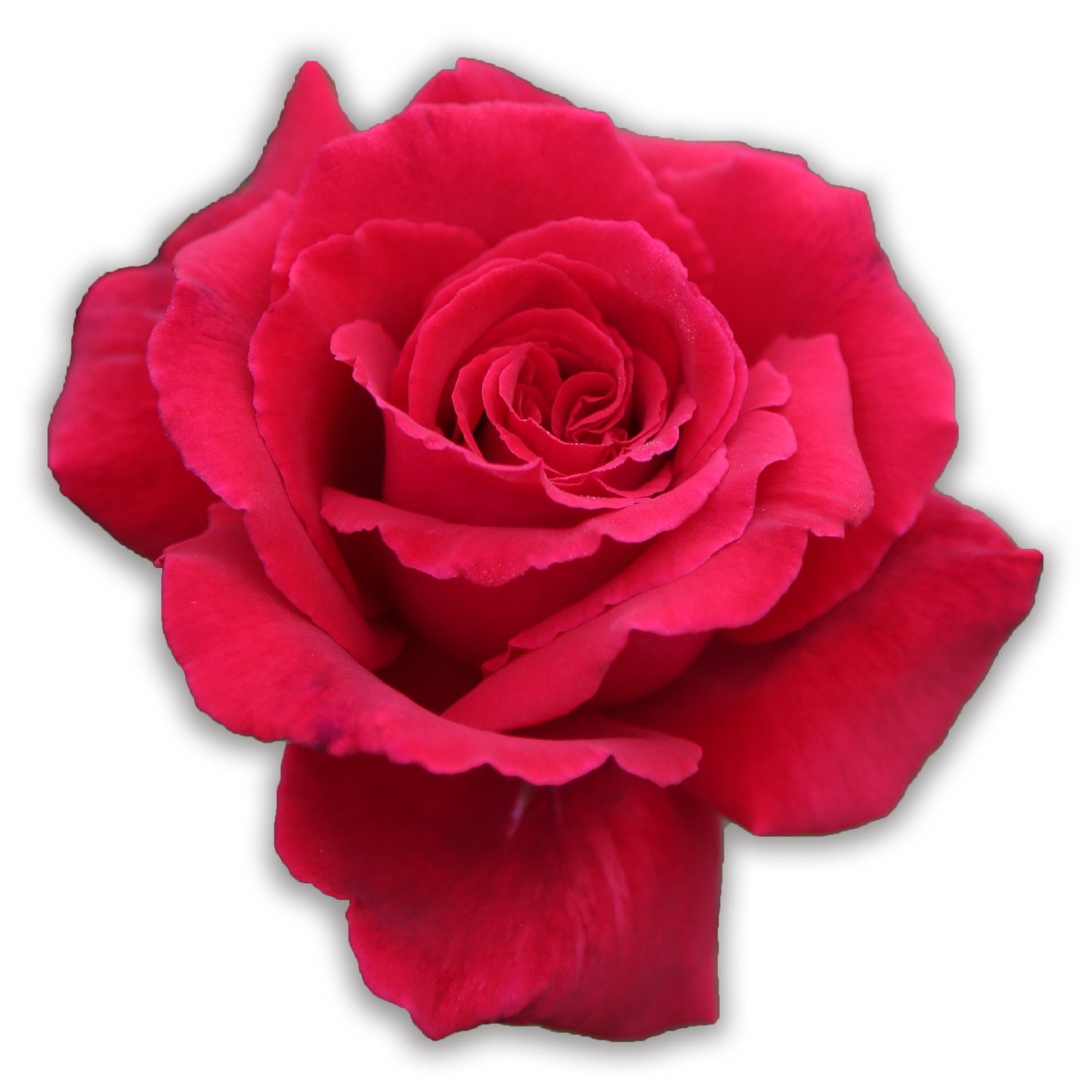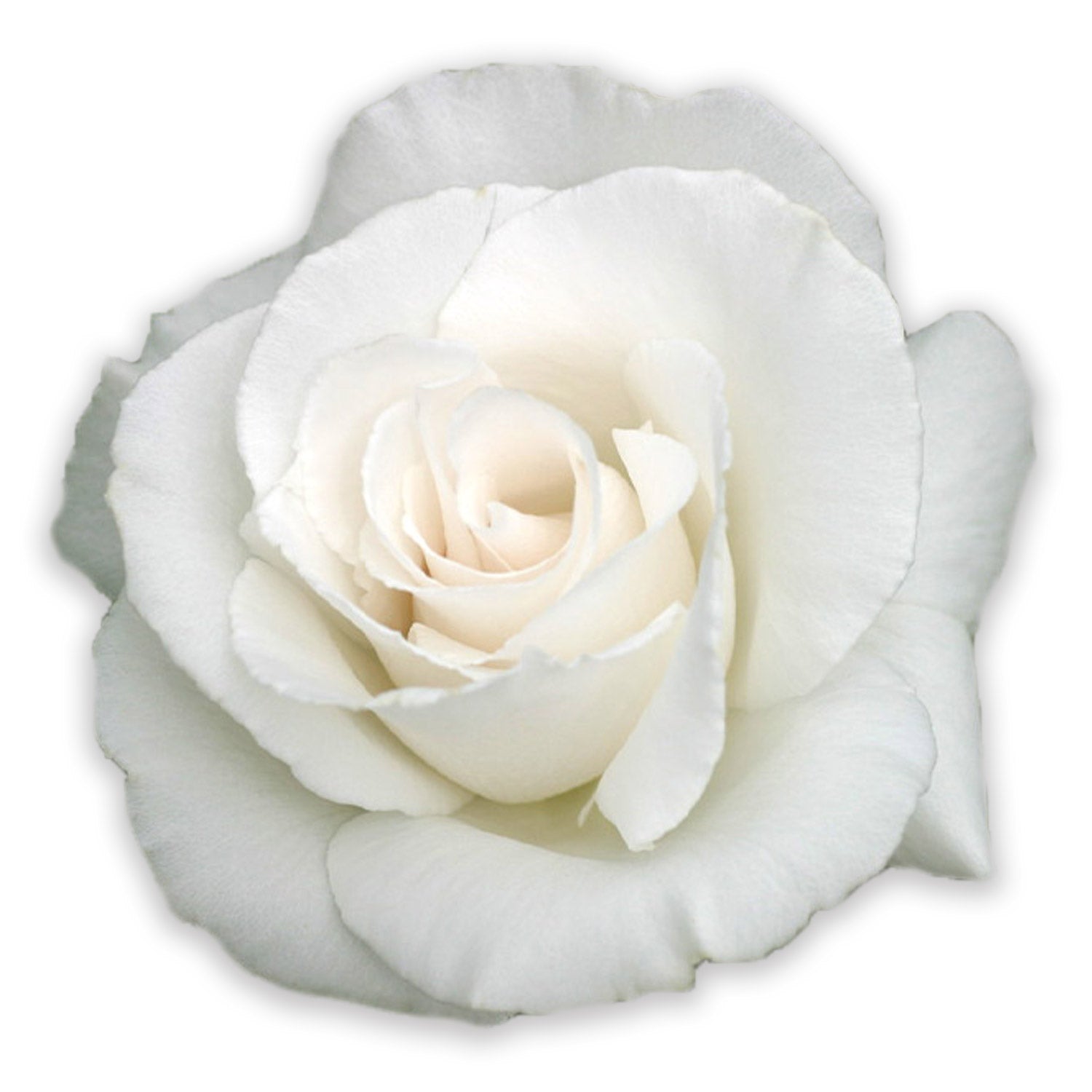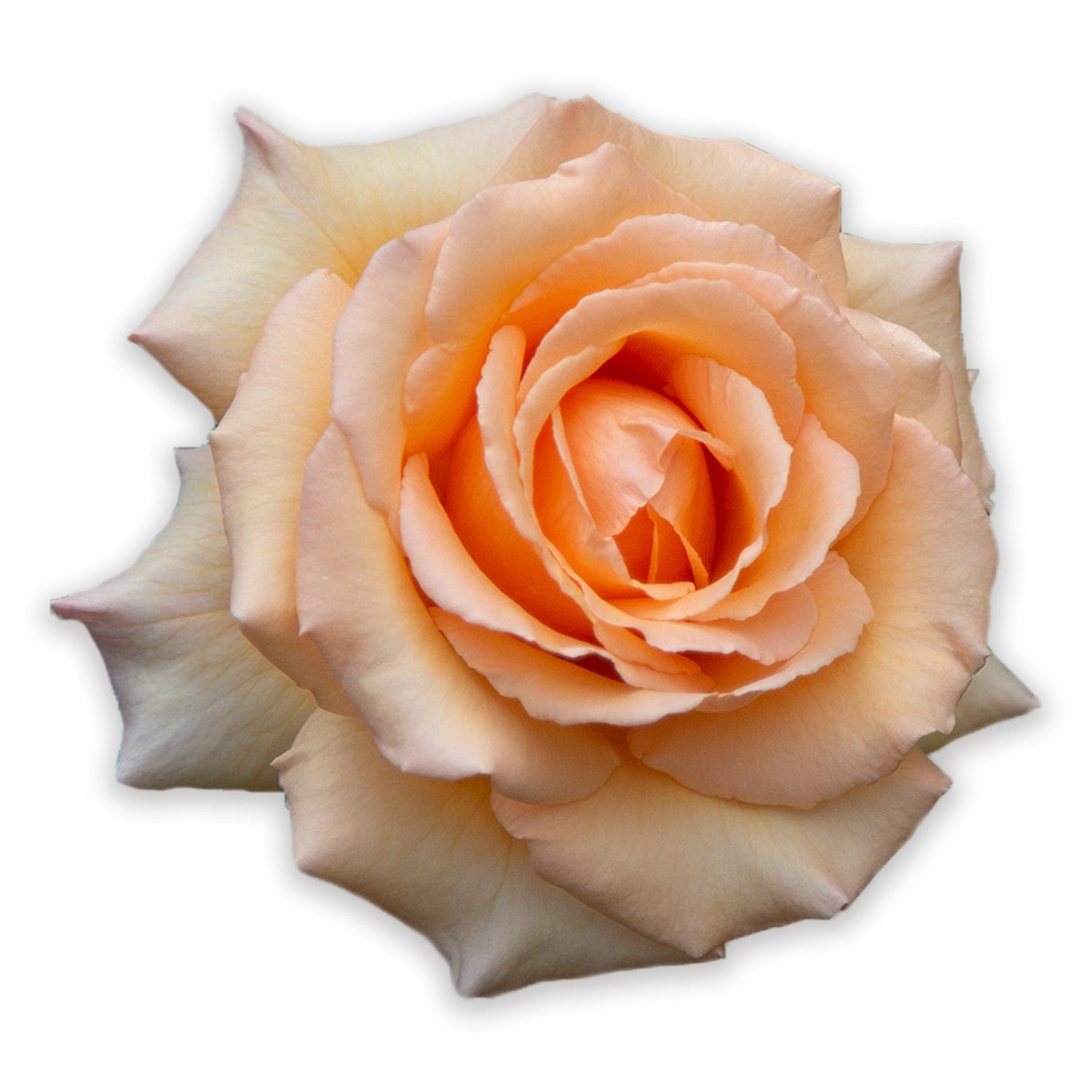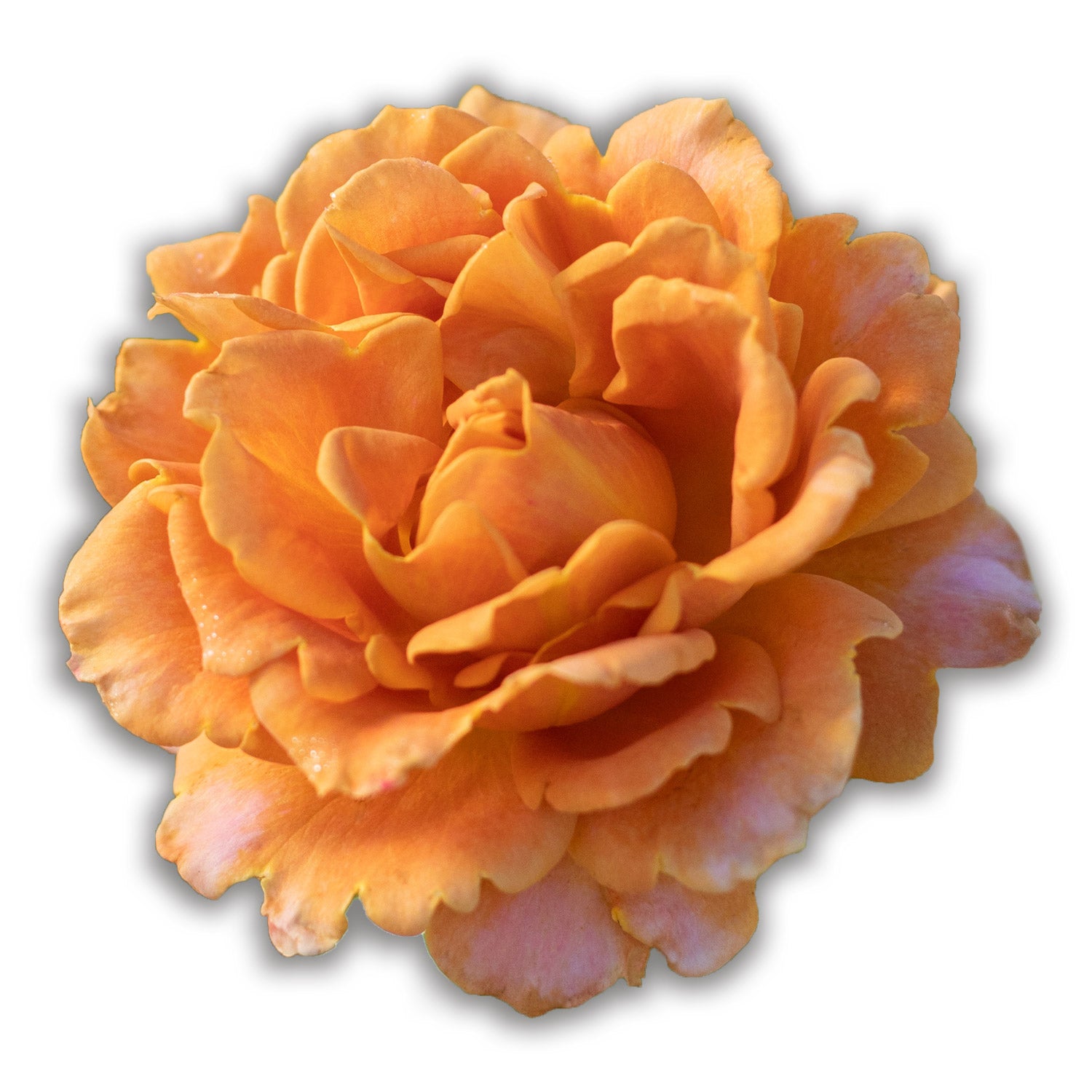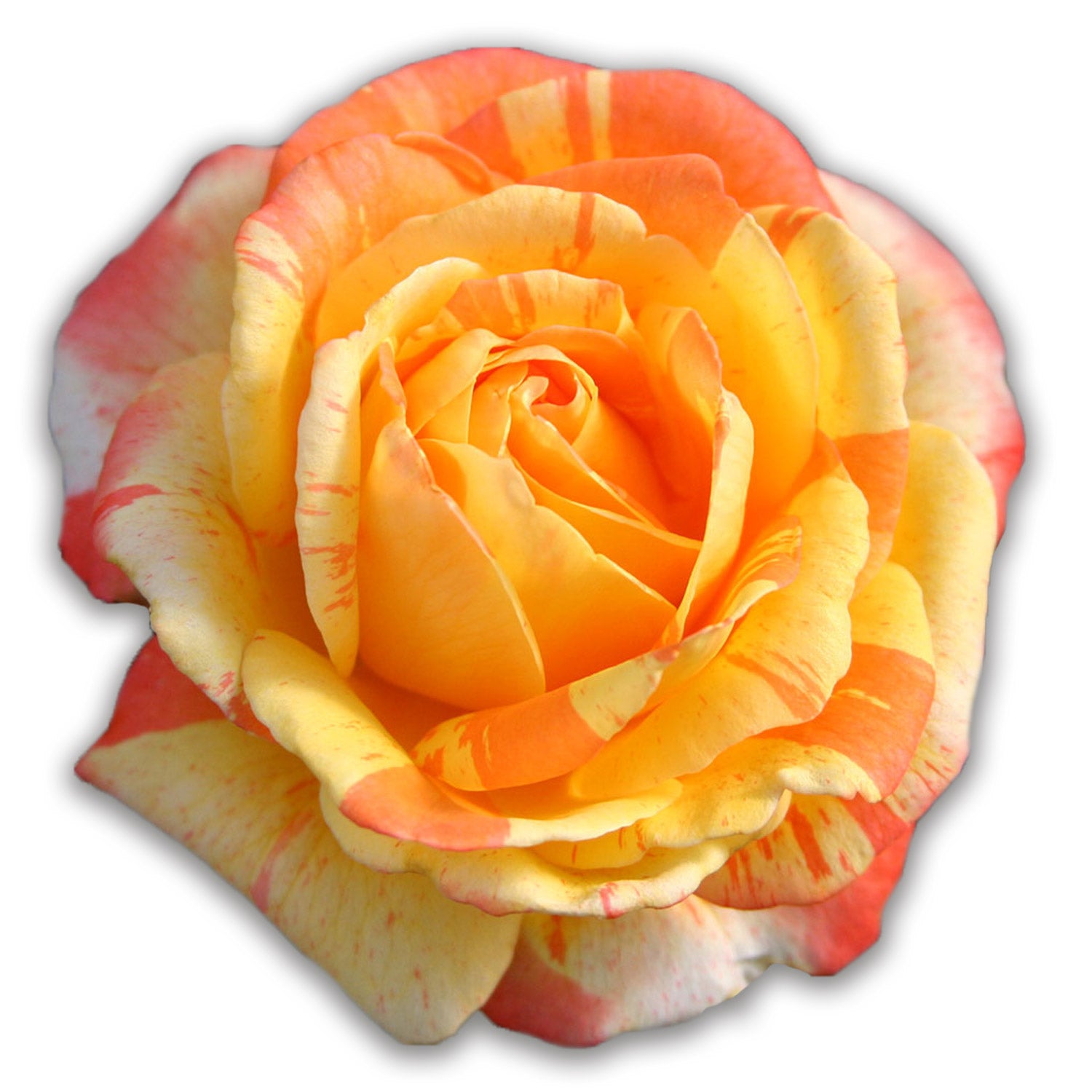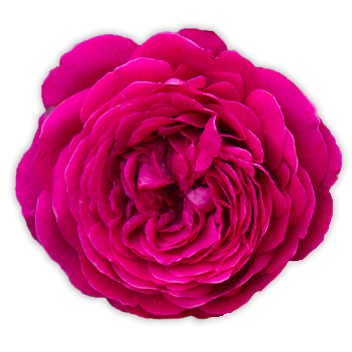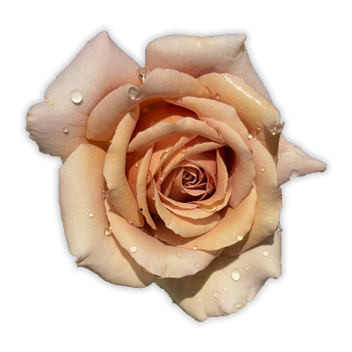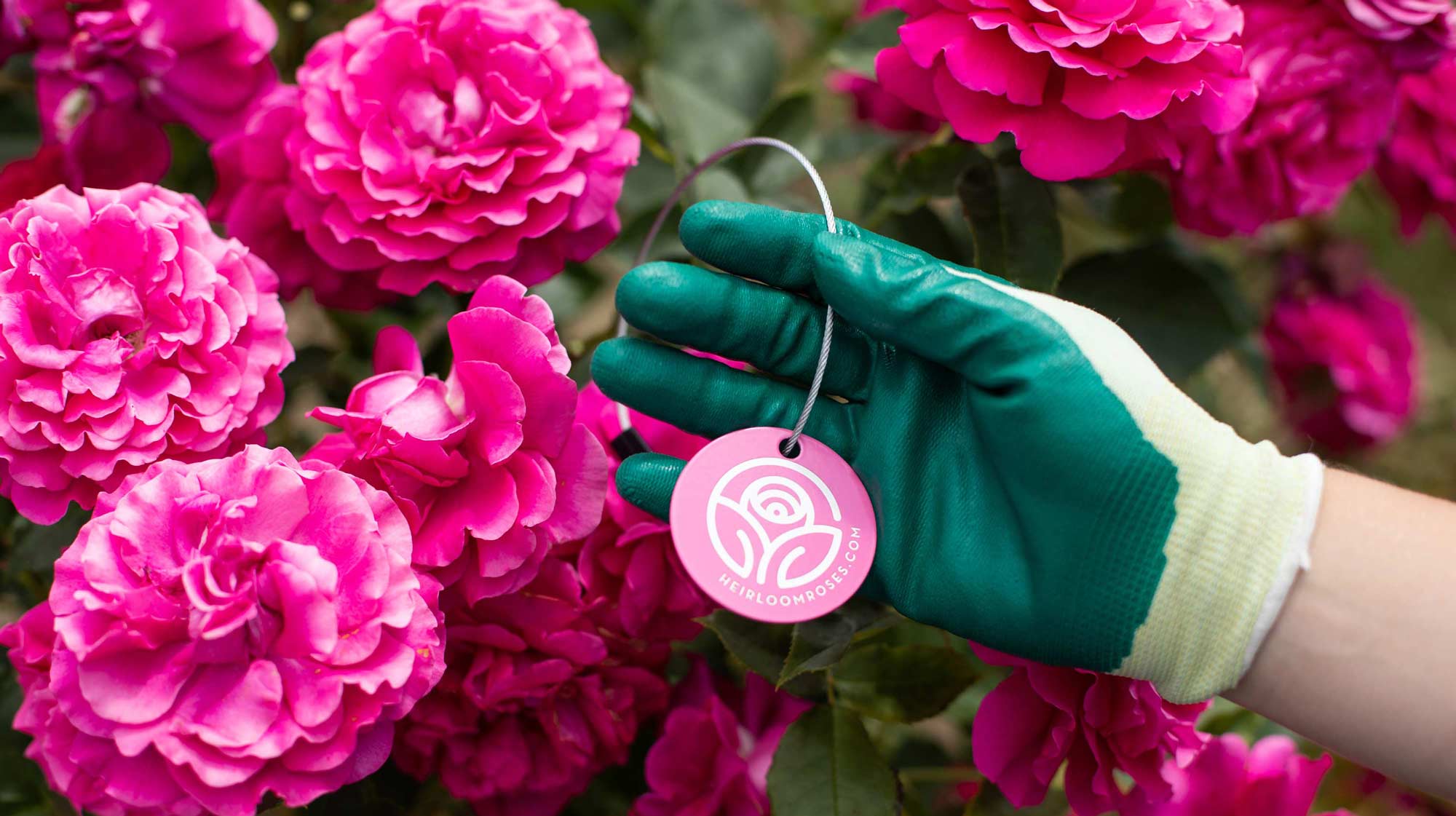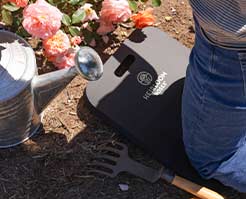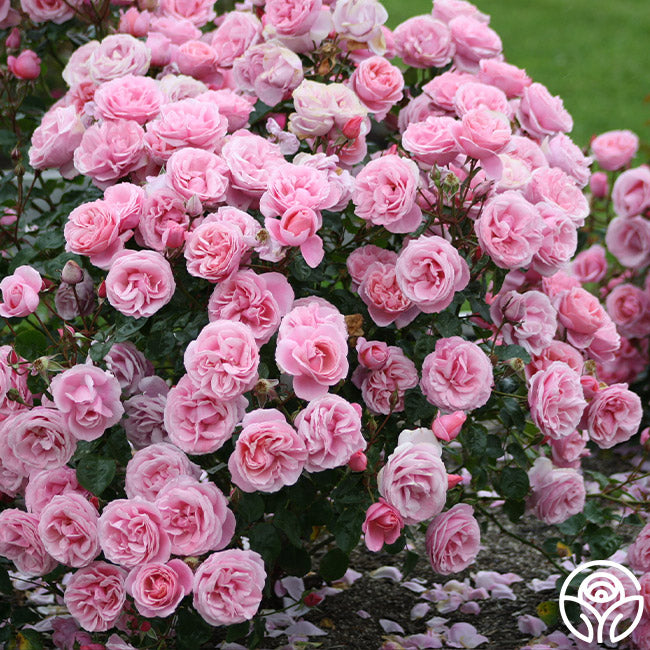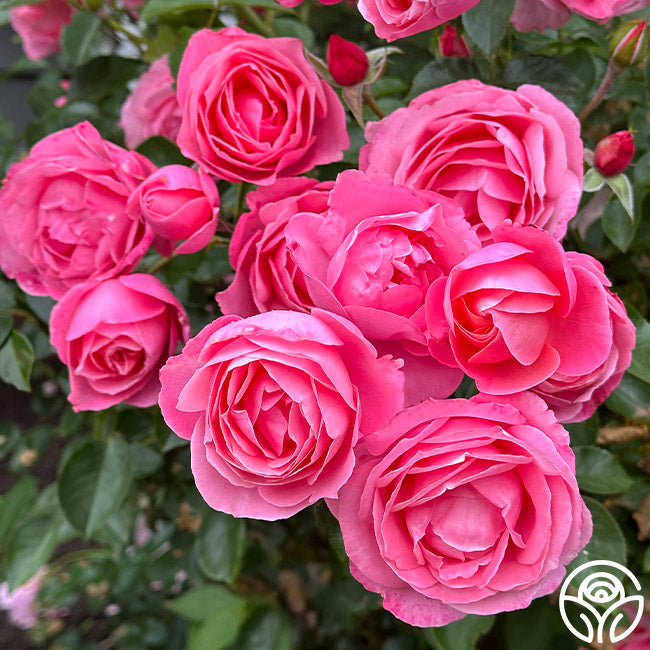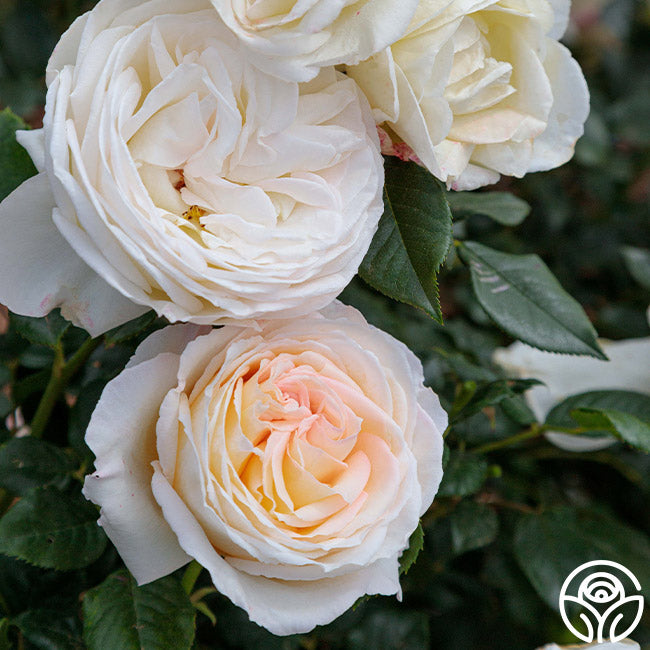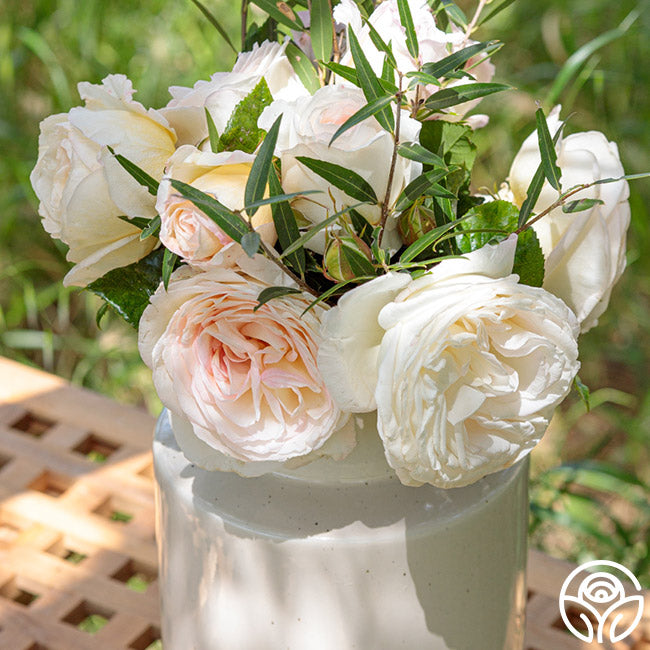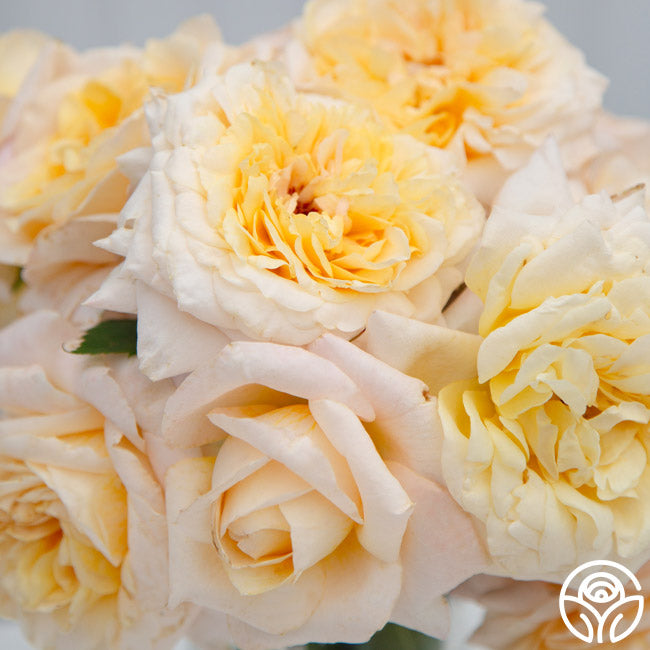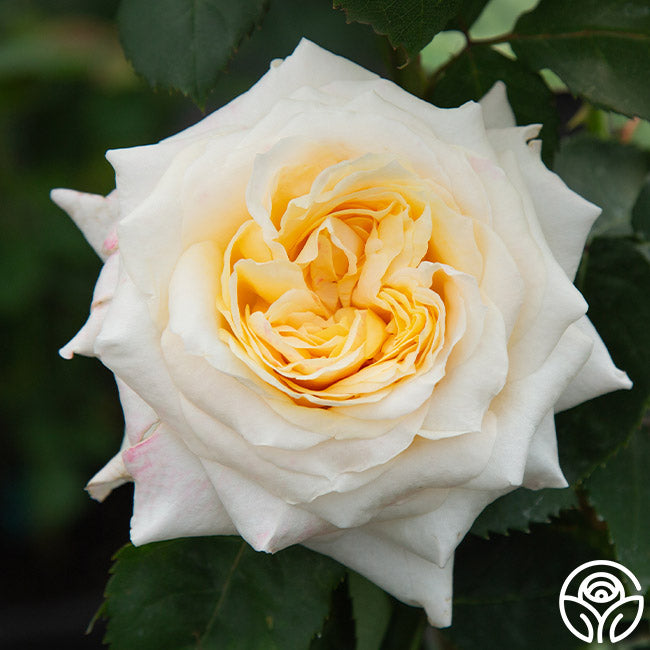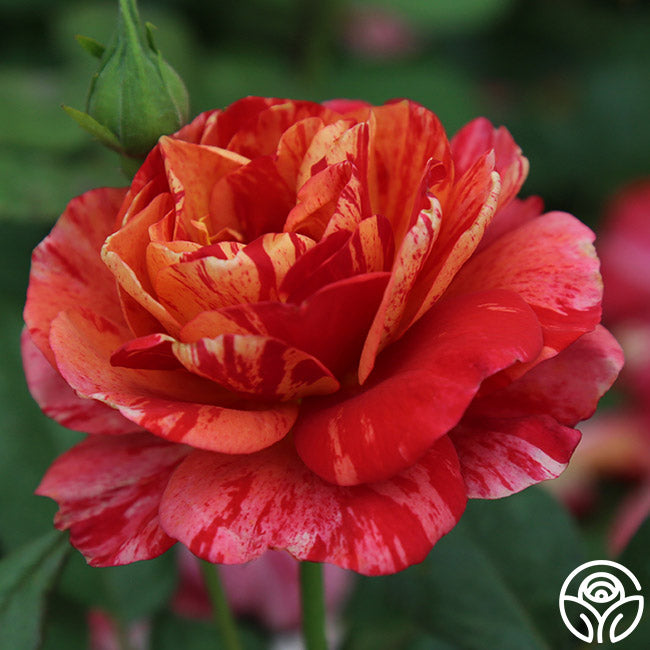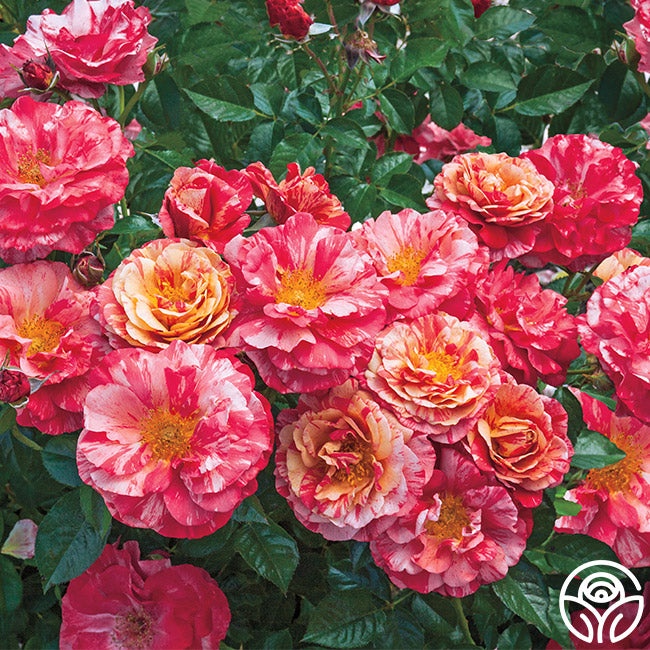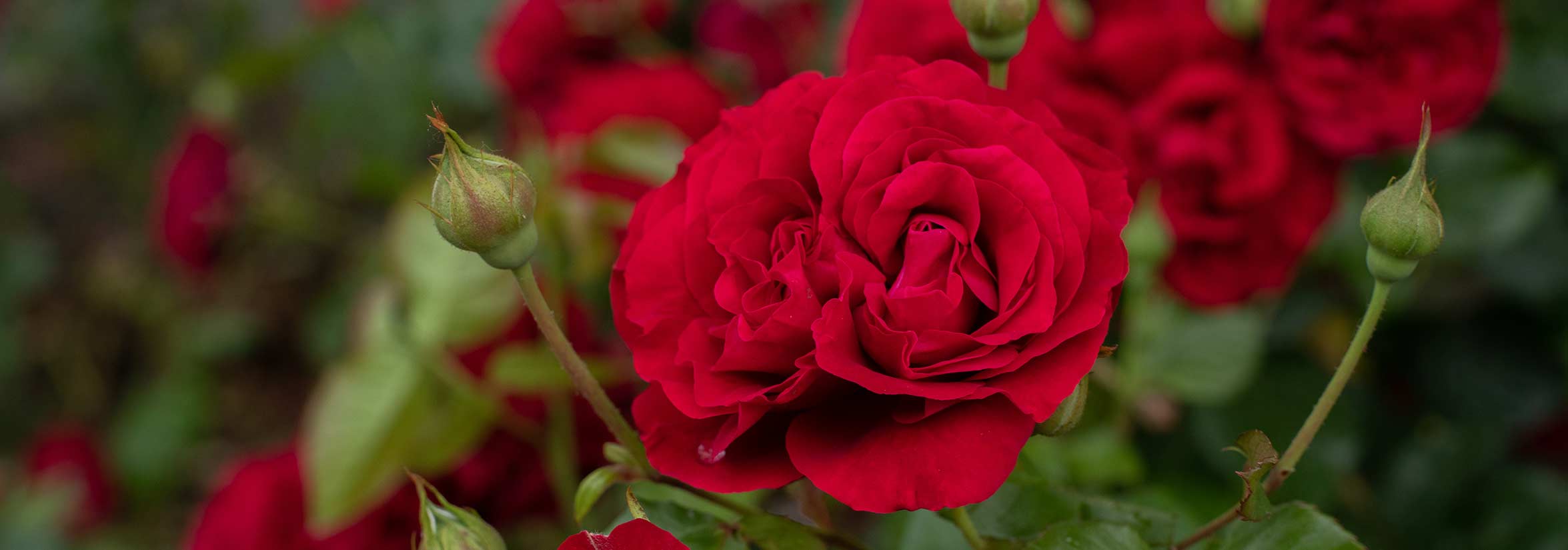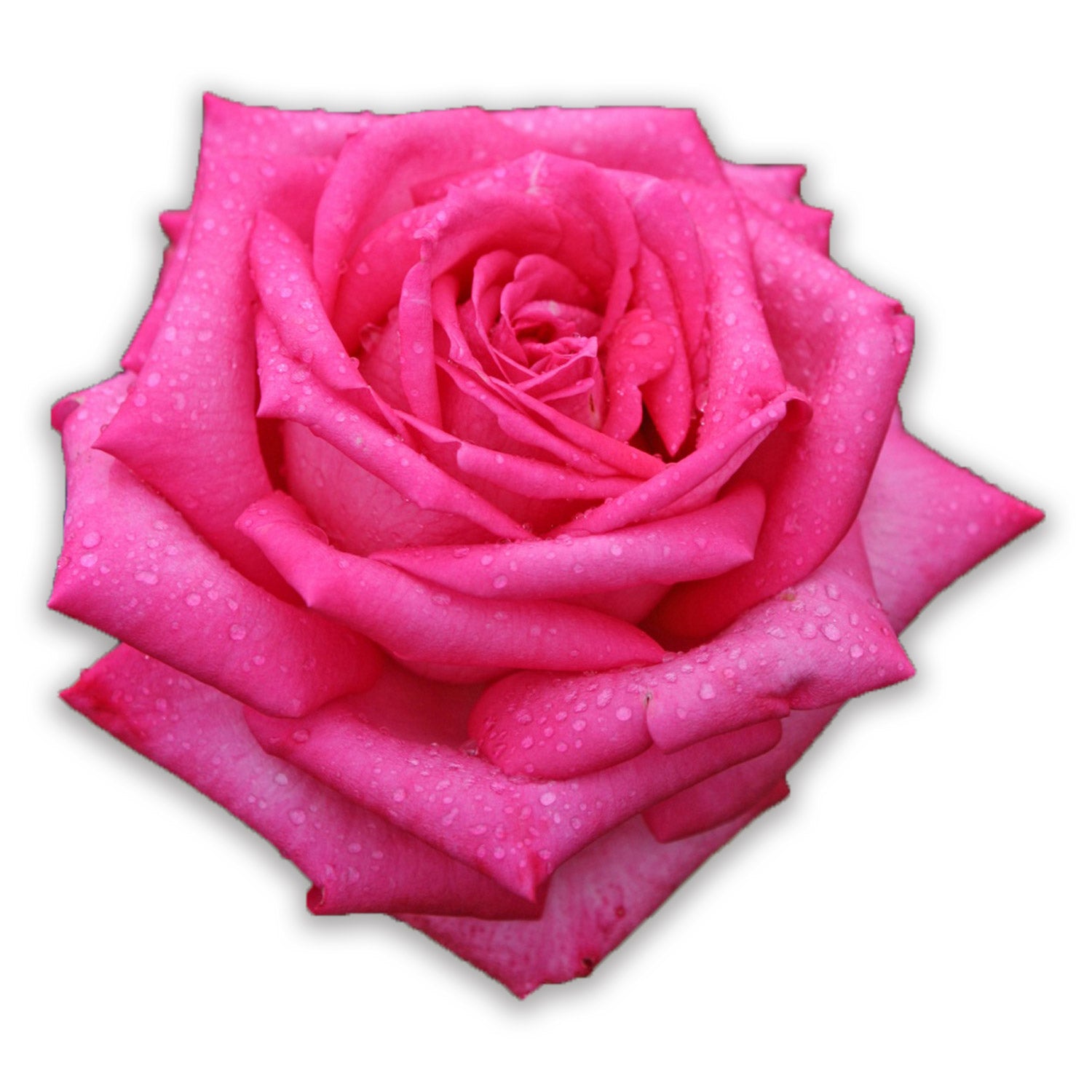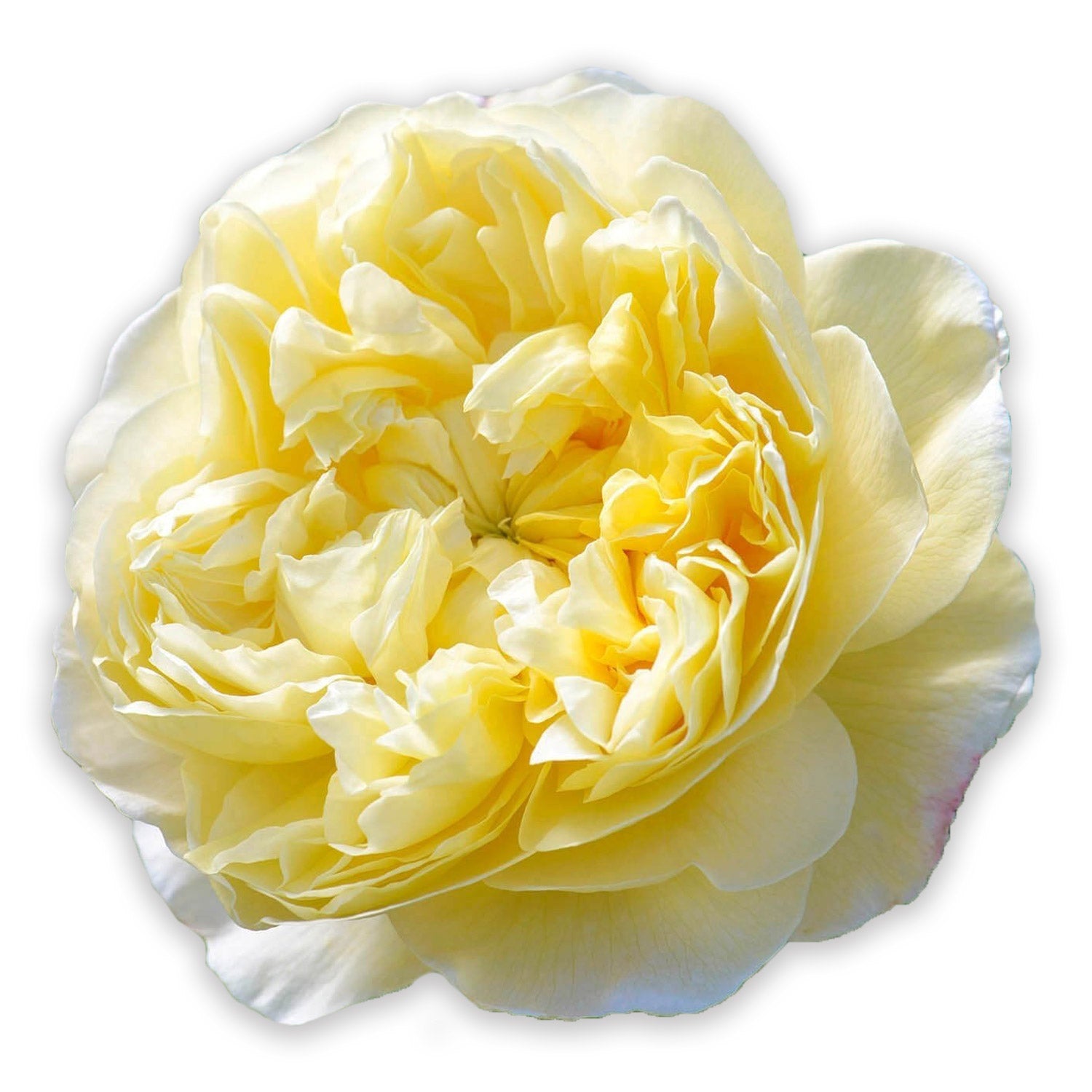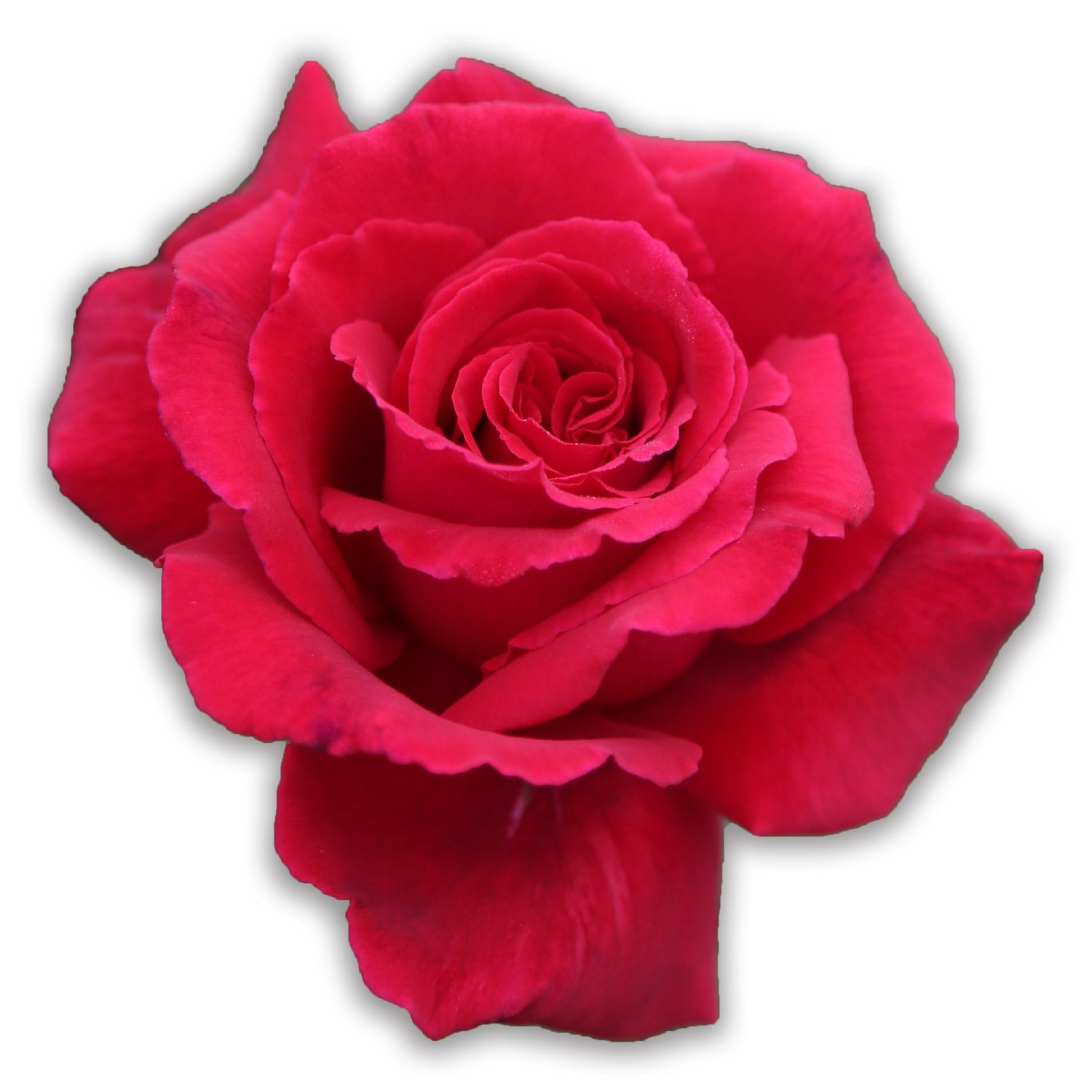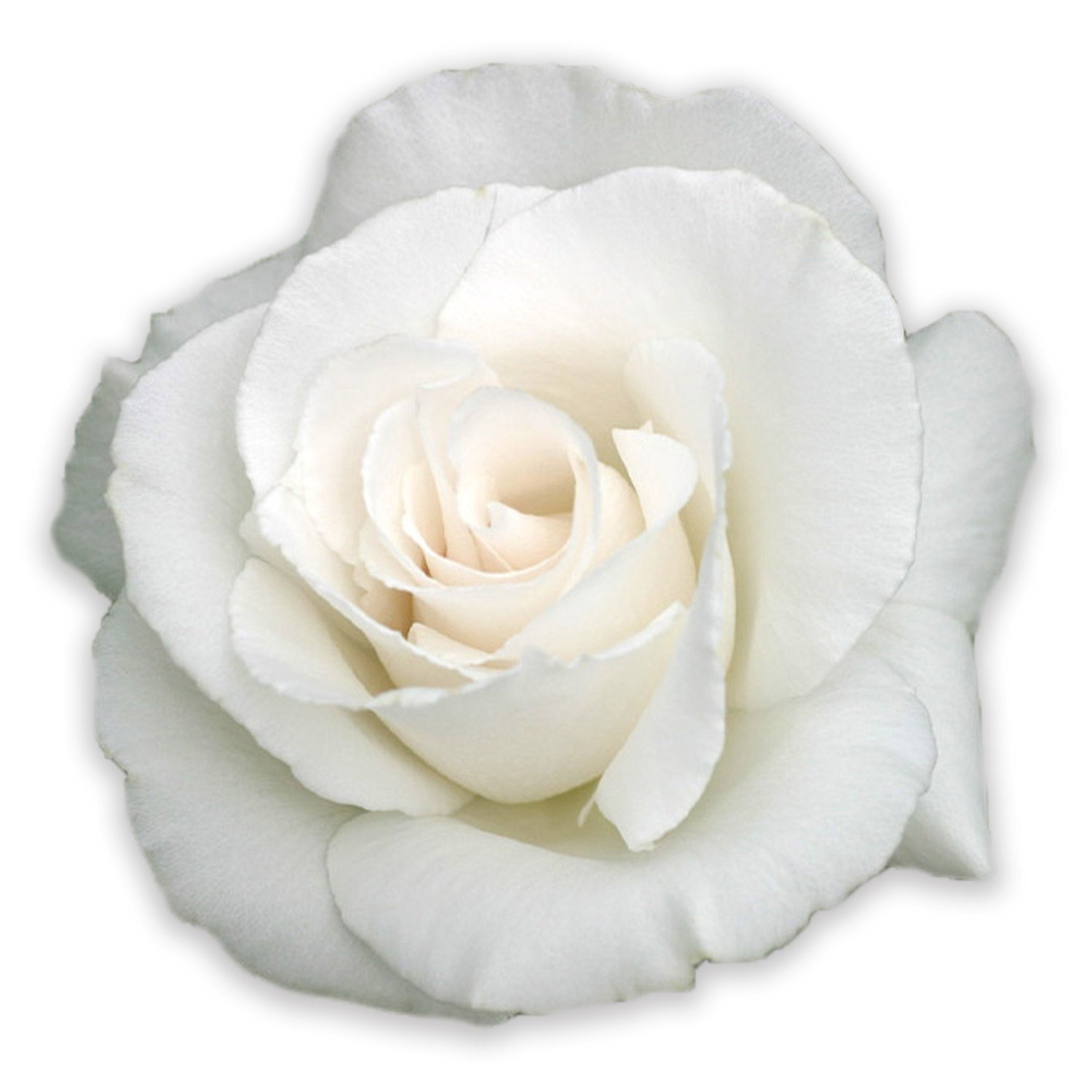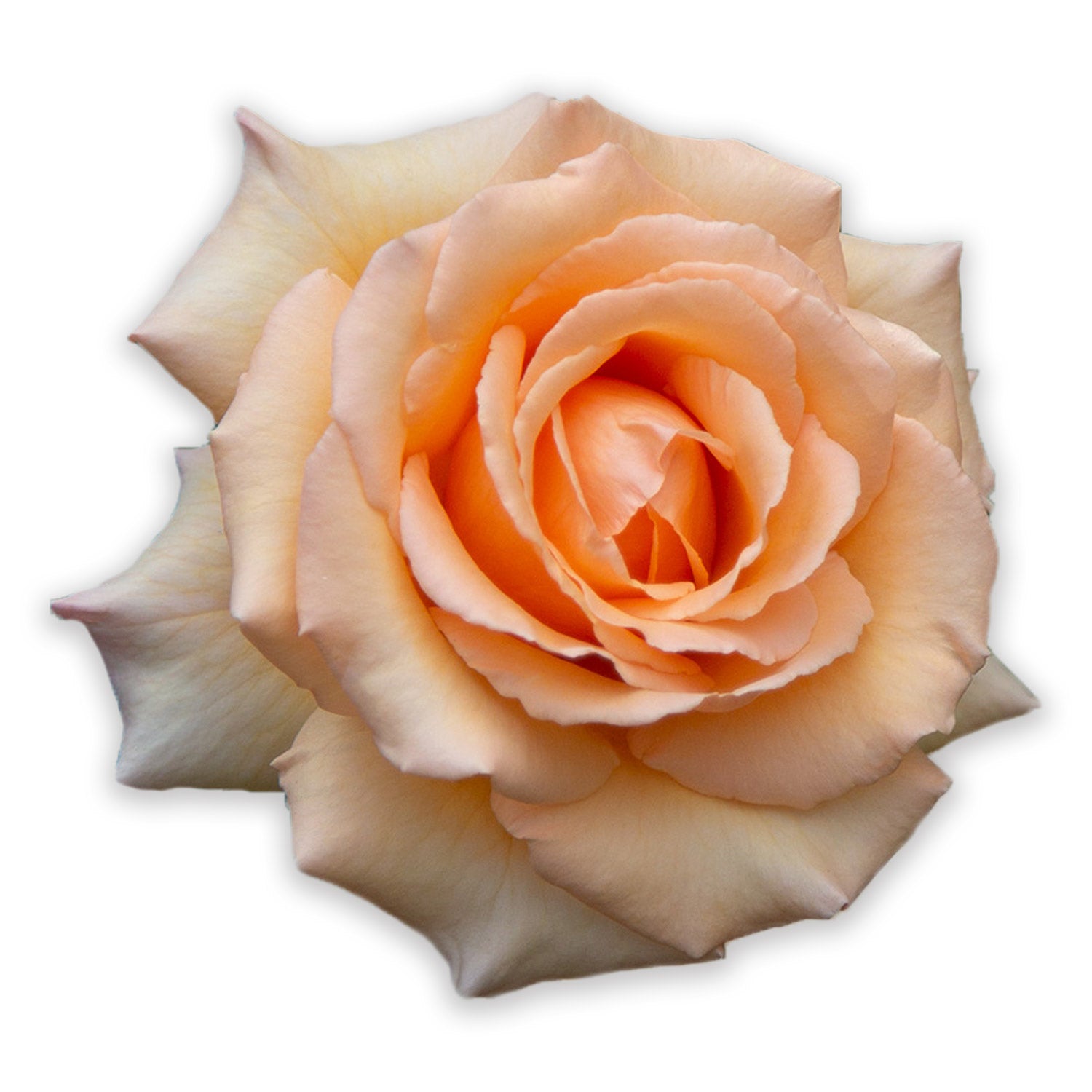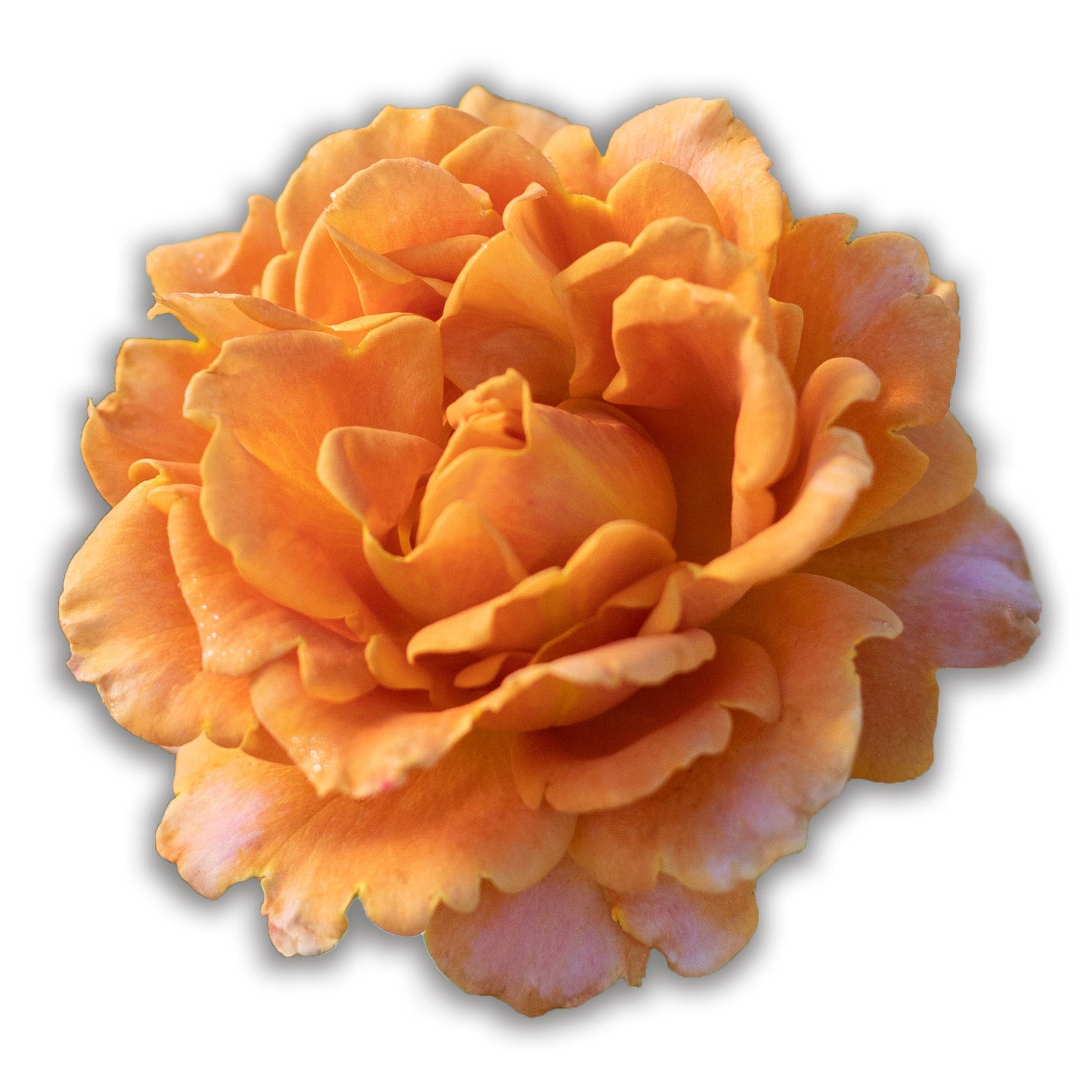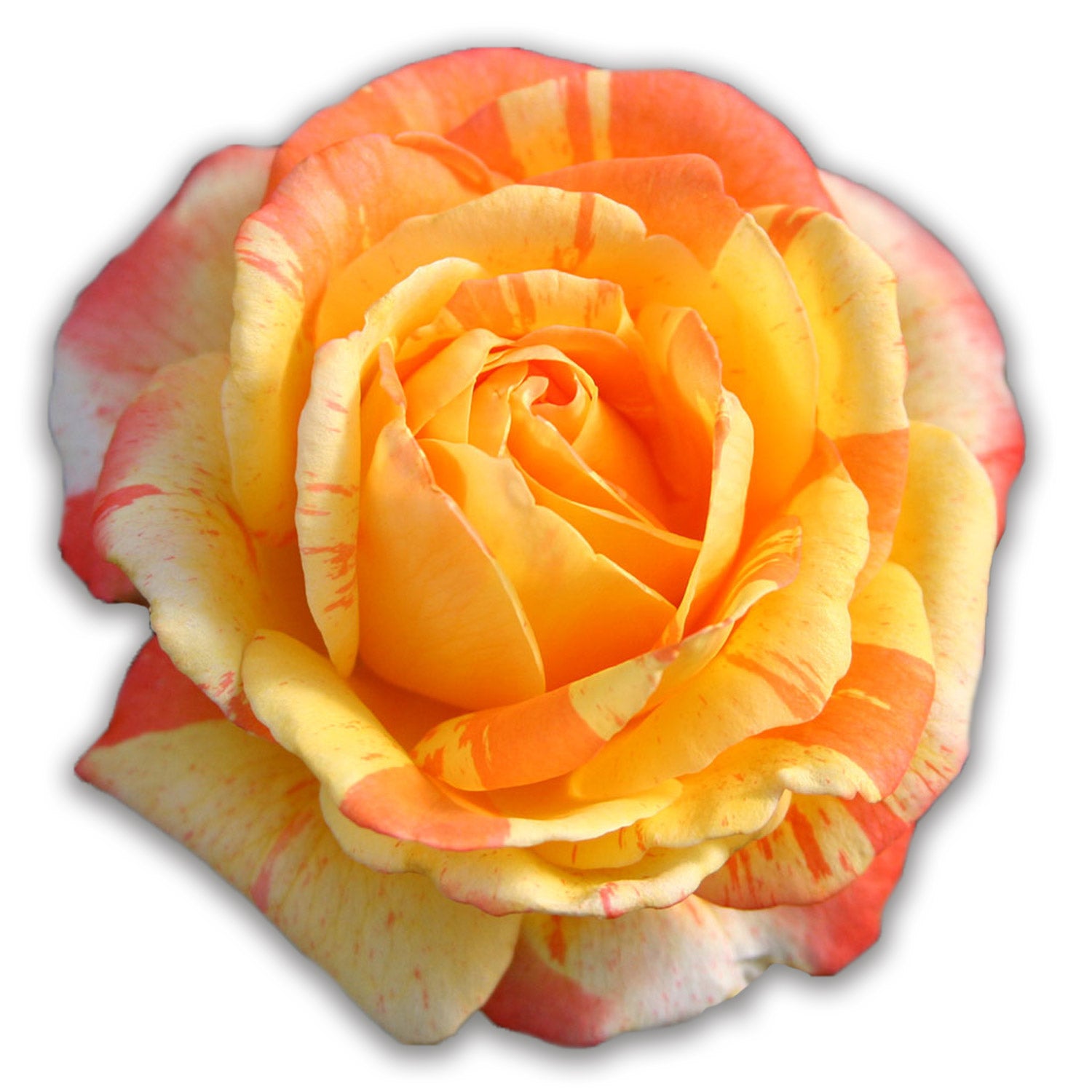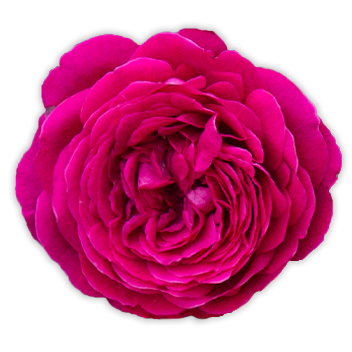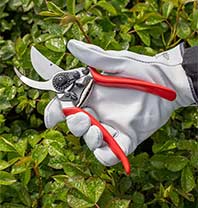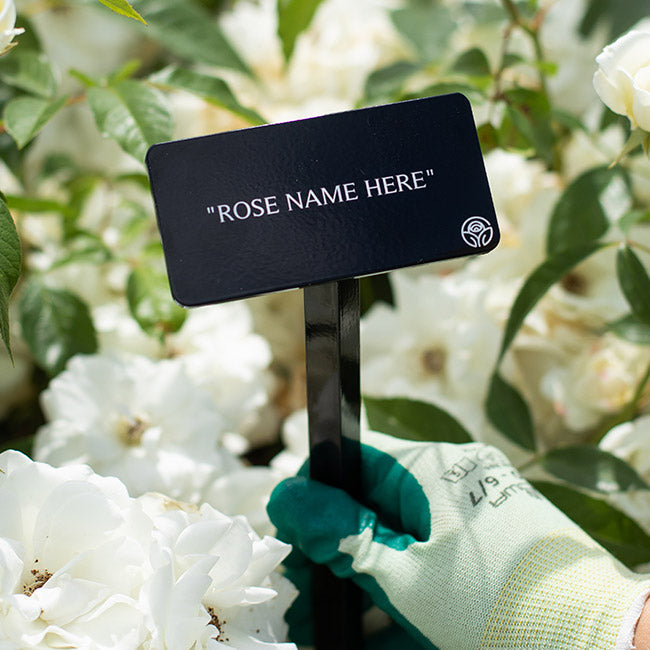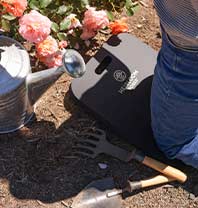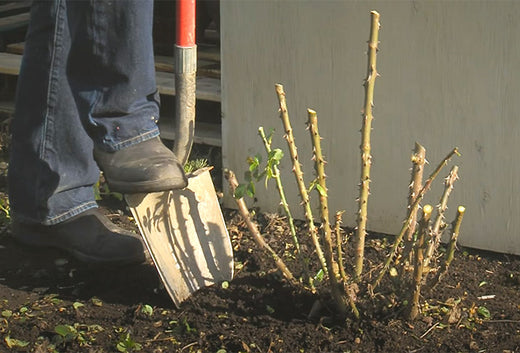Lungwort: Beautiful Foliage for the Shade Garden
Lungwort, also known as Pulmonaria, earns its name from the unique leaf shape that was thought to resemble lungs. It blooms in early spring with a pop of color alongside the daffodils and tulips. But this perennial doesn’t quit growing when the summer months arrive. Instead, it moves its focus towards pushing out beautiful foliage in a variety of patterns such as spotted or variegated. This shade-loving plant will find a great home alongside Hosta, Astilbe, and Hellebore in partial to full shade gardens.
Growing well in zones 3-9, Lungwort blooms with clusters of tiny flowers in shades of pink or white that deepen in color as they age. It is a favorite flower of hummingbirds and bees due to the sweet nectar each flower produces. Lungwort doesn’t have many pest issues and is a great choice for year-round interest in the garden in most zones.
Full Shade and Full Beauty
Lungwort likes partial to full shade but isn’t a plant that likes to be forgotten. It will thrive best with consistent watering, rewarding the gardener with beautiful spotted foliage in bright shades of green tucked away even in the darker corners of the garden. It thrives under trees and in cooler temperatures. You may notice your plant browning or wilting under intense heat, but it will perk back up with a little bit of water and as the temperatures begin to drop again.
Planting and Care
When planting Lungwort, dig a hole slightly wider than the nursery pot, and add compost or manure to help richen the soil. Insert the plant and then pack in the dirt around it ensuring that the root ball is about one inch below the surface of the soil. Water till a large puddle forms and let it slowly soak in. Be consistent with watering, and give it a deep soak when the soil becomes dry. Lungwort spreads through rhizomes under the soil, so plant them about 2’ apart to give them space to fill out.
Prune back the flower stalks immediately after they finish blooming to keep the plant tidy and to allow the plant to focus on the production of new leaves. If the plant becomes scorched by the heat in warmer climates, prune it all the way back to the ground and keep the soil from drying out. When the temperatures cool off, the plant will push out new foliage.
Lungwort has a shorter lifespan than other perennials and will start to thin out as it ages. To create new plants, it is helpful to divide this perennial in either the spring or fall. Since it grows on rhizomes, it can handle division every three to five years. This is the best way to create new plants since seeds from Lungwort will not grow true to variety. Use a sharp spade to cut right through the middle of the plant and gently dig the rhizomes and roots together. Then move to a new location, replant, and water well.
Our favorite this season is Raspberry Splash.




